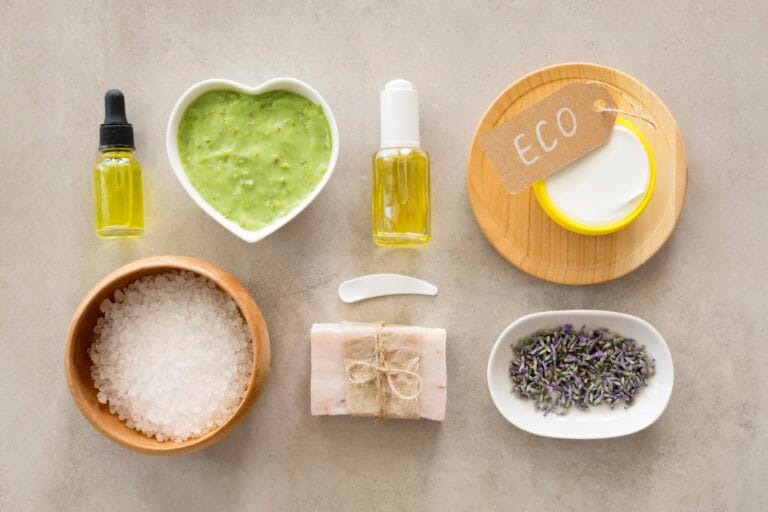
Understanding Skincare Needs Across Every Age

Skincare products have become an essential need for people of all ages, from infancy to adulthood. The skin is the largest organ of the body and acts as the primary barrier against various external factors such as pollution, UV rays, and bacteria. Therefore, maintaining healthy and well-cared-for skin from an early age is crucial for overall health. The use of skincare is an important step in supporting general wellness.
- Skin Structure and Condition at Different Life Stages
- Choosing Ingredients Suitable for Each Age Group
- Common and Avoided Ingredients in Baby Skincare
- Skincare for Teenagers and Adults
- The Importance of Age-Appropriate Skincare
Skin Structure and Condition at Different Life Stages
Each stage of life presents different skin characteristics. The main differences between baby and adult skin lie in their structure and condition. Baby skin is very thin, sensitive, and prone to irritation, thus requiring gentle and safe products. Meanwhile, adolescence is typically marked by hormonal changes that trigger skin issues such as acne and excess oil, requiring skincare that can help manage those conditions. As one reaches adulthood, skincare becomes more focused on hydration, preventing premature aging, and protecting against sun exposure.
Choosing Ingredients Suitable for Each Age Group
The varying skincare needs determine which chemical compounds are appropriate. In general, baby skincare products do not contain active ingredients such as brightening agents, firming compounds, anti-pigmentation agents, or acne-fighting actives. In contrast, adult skincare products often rely on such ingredients to meet their needs.
Baby skin only requires mild cleansers, moisturizers, and UV protection—similar to adults—but due to formulation strength, adults can use baby products, while babies should not use products intended for older age groups. Baby products contain gentler ingredients that may help adult skin, but the results are typically not as optimal as those provided by adult-specific products in addressing skin concerns.
Common and Avoided Ingredients in Baby Skincare
Common ingredients in baby skincare products include glycerin, panthenol, aloe vera, shea butter, natural oils (such as sunflower seed oil, olive oil, and coconut oil), ceramides, zinc oxide, and others. The pH level of products is also an important consideration, as baby skin tends to have a lower pH than adult skin. Therefore, products should fall within the normal skin pH range of 4.5–5.5. Ingredients commonly avoided in baby skincare include synthetic fragrances, alcohol, harsh surfactants (SLS/SLES), parabens, phthalates, formaldehyde, and active chemicals. Baby products are often labeled with terms such as “dermatologically tested,” “fragrance-free,” and “hypoallergenic” to assure safety and gentleness.
Skincare for Teenagers and Adults
For teenagers and adults, skincare needs go beyond maintaining healthy skin to addressing specific issues such as dryness, dullness, acne, blackheads, and, particularly in adults, signs of premature aging. To treat these issues, targeted active ingredients are needed—for instance, niacinamide for brightening, retinol for fine lines, and arbutin for hyperpigmentation. Skincare formulations are generally developed by categorizing specific skin concerns into individual products to ensure precise and effective treatment.
The Importance of Age-Appropriate Skincare
With the growing awareness of the importance of proper skincare, products are now more specifically categorized by age and skin needs. From baby skincare lines to those for teens and adults, each product range is formulated to match the physiological characteristics of skin at each life stage. Choosing age-appropriate skincare products not only helps maintain healthy skin but also prevents future skin problems.
Want to ensure your cosmetic products are safe and meet standards? Conduct cosmetic laboratory testing at IML Research to obtain accurate, comprehensive, and reliable results before marketing. Ensure the safety and quality of your formulations with IML Research.
Author: Delfia
Editor: Sabilla Reza
References:
Telofski, Lorena & Morello, A & Correa, M & Stamatas, Georgios. (2012). The Infant Skin Barrier: Can We Preserve, Protect, and Enhance the Barrier?. Dermatology research and practice. 2012. 198789. 10.1155/2012/198789.



